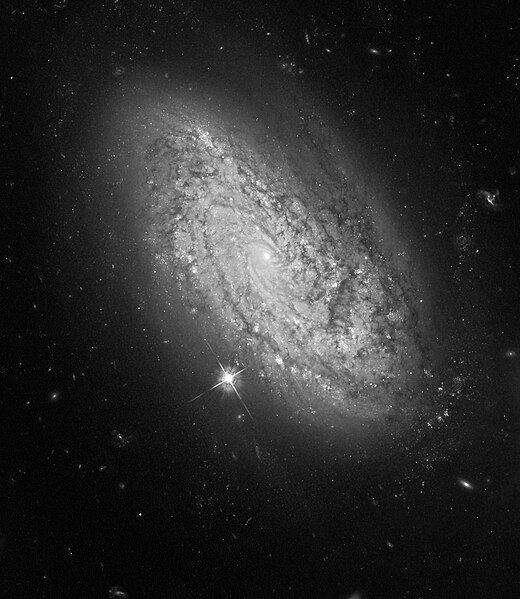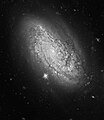Dosya:NGC 3021 Hubble.jpg

Vervênayışê ebadê: 520 × 599 piksel. Agoznayışê bini: 208 × 240 piksel | 416 × 480 piksel | 666 × 768 piksel | 888 × 1,024 piksel | 1,838 × 2,119 piksel.
Ebato oricinale (1,838 × 2,119 pikselan, ebatê dosya: 1.75 MB, MIME tipê cı: image/jpeg)
Verêniya dosya
Seba diyayışê viyarteyê dosya ra tarixê ke qısımê tarix/zemani derê inan bıtıkne.
| Tarix/Zeman | Resımo qıckek | Ebadi | Karber | Mışewre | |
|---|---|---|---|---|---|
| nıkayên | 23:42, 31 Gulane 2009 |  | 1,838 - 2,119 (1.75 MB) | Friendlystar | {{Information |Description={{en|1=Less than 100 years ago scientists didn't know if the universe was coming or going, literally. It even fooled the great mind of Albert Einstein. He assumed the universe must be static. But to keep the universe from collap |
Gurenayışê dosya
The following pages link to this file:
Gurenayışê dosyaya gılovere
Ena dosya wikiyanê binan de gureniyena.
- ar.wikipedia.org sero guriyayış
- arz.wikipedia.org sero guriyayış
- az.wikipedia.org sero guriyayış
- be.wikipedia.org sero guriyayış
- ce.wikipedia.org sero guriyayış
- eo.wikipedia.org sero guriyayış
- eu.wikipedia.org sero guriyayış
- fa.wikipedia.org sero guriyayış
- hr.wikipedia.org sero guriyayış
- kk.wikipedia.org sero guriyayış
- lb.wikipedia.org sero guriyayış
- mk.wikipedia.org sero guriyayış
- my.wikipedia.org sero guriyayış
- nl.wikipedia.org sero guriyayış
- pt.wikipedia.org sero guriyayış
- ru.wikipedia.org sero guriyayış
- sh.wikipedia.org sero guriyayış
- sk.wikipedia.org sero guriyayış
- sr.wikipedia.org sero guriyayış
- tr.wikipedia.org sero guriyayış
- tt.wikipedia.org sero guriyayış
- uk.wikipedia.org sero guriyayış
- uz.wikipedia.org sero guriyayış
- www.wikidata.org sero guriyayış


